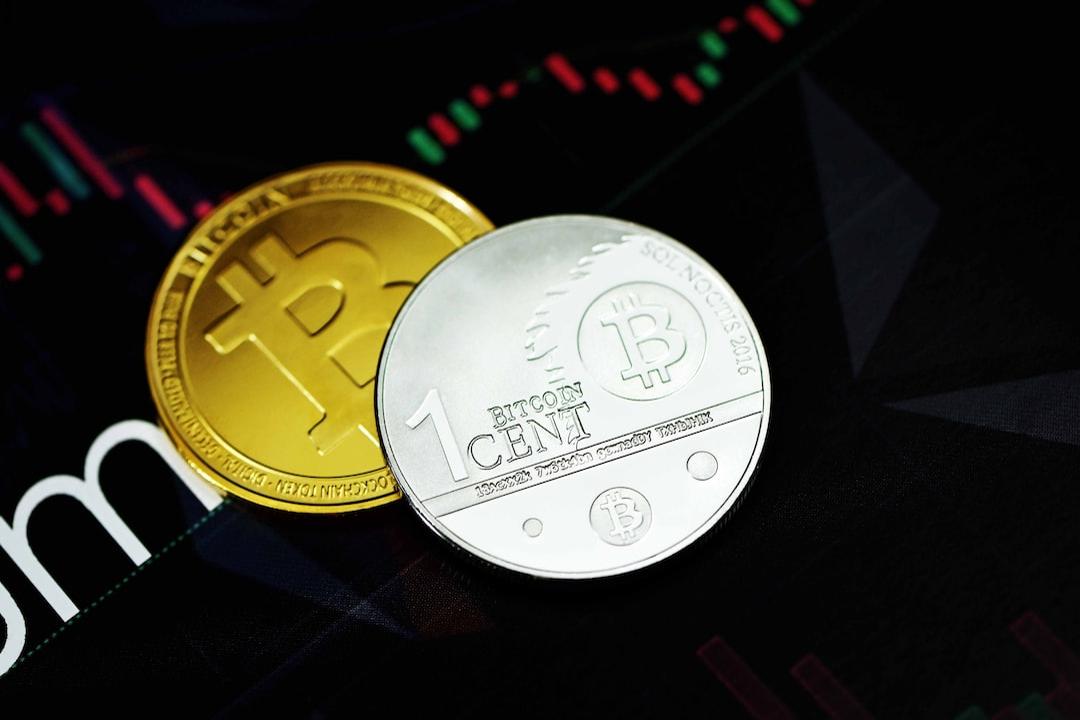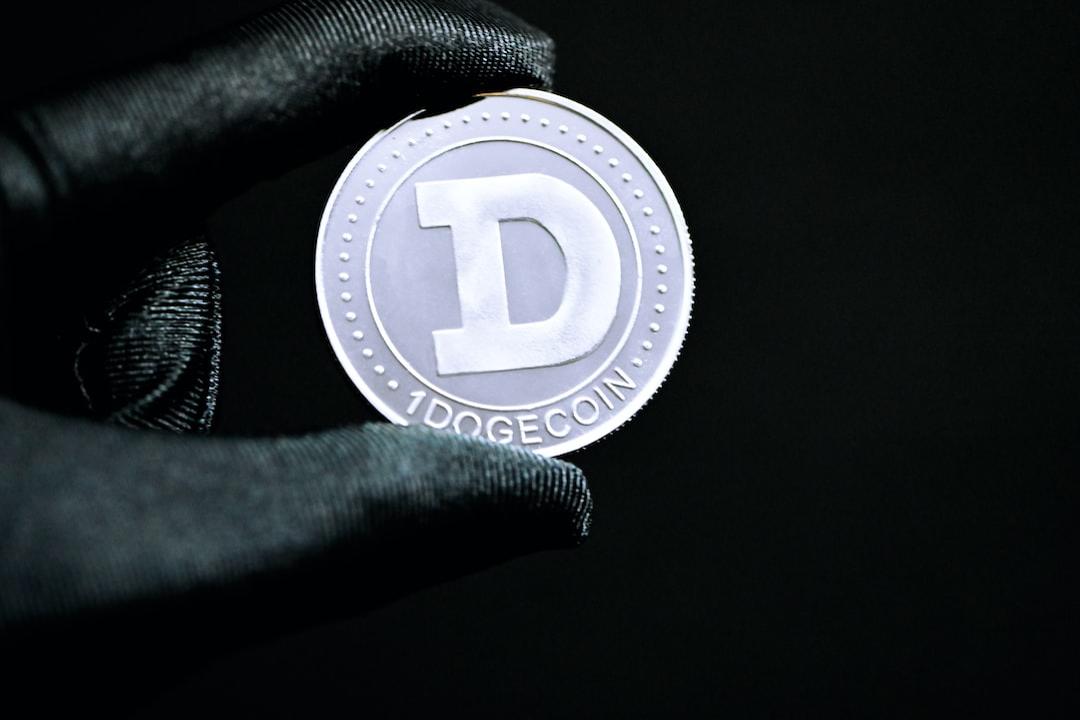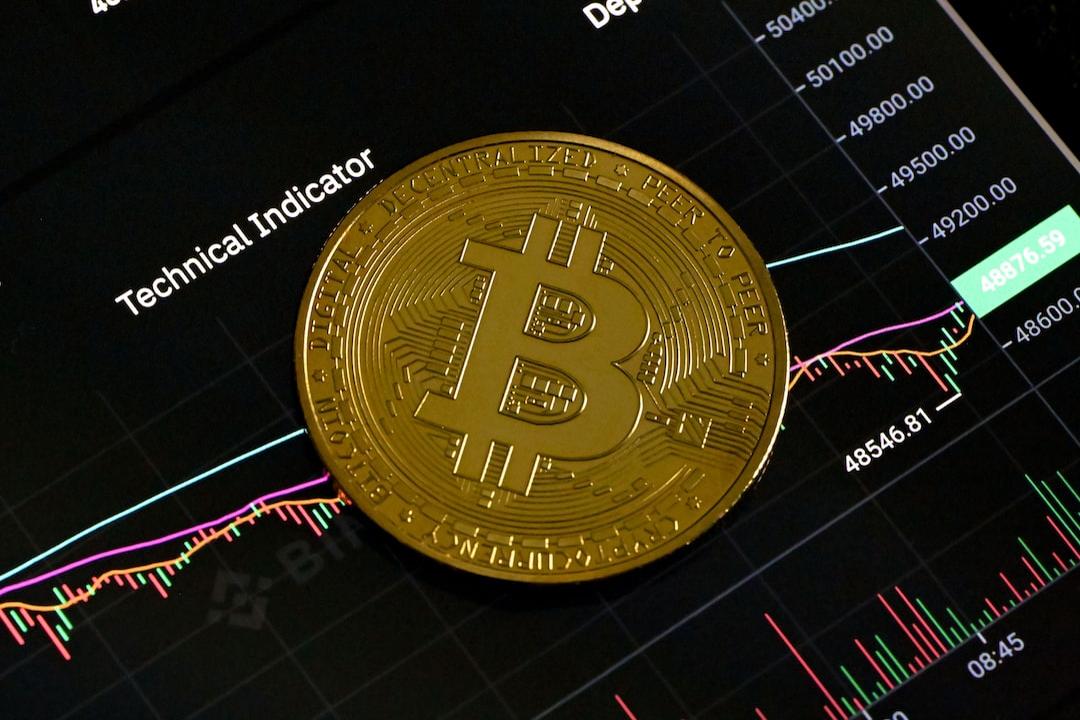In mid-2024, centralized exchanges (CEX) and decentralized exchanges (DEX) launched tens of thousands of tokens. This article collects more than 3,000 tokens listed on CEX and DEX to assess their trading performance, pricing, and subsequent developments post-listing. The article is based on a piece authored by Animoca Brands Research and has been organized, translated, and written by PANews.
(Previous Summary: Insights on Exchange Security from the Bybit Hacking Incident: How Safety and Compliance Guide Healthy Platform Development?)
(Background Supplement: Binance’s Listing of Contracts Became a “Death Trap,” Arete Capital Founder: Collapse of Popular Projects Becomes the Norm)
This report analyzes over 3,000 spot token listing events across nine major centralized exchanges (CEX) and more than 120 decentralized exchanges (DEX) as of 2024. The aim is to evaluate the overall trends of token listings on various platforms and assess the price and trading volume performance of these tokens during the listing events.
Key Findings:
Centralized exchanges adopt various strategies to prioritize token listings, focusing on different levels of fully diluted valuation (FDV). Exchanges that list fewer tokens tend to prioritize those with larger FDVs (over $500 million), while exchanges with higher listing frequencies prefer tokens with FDVs below $30 million.
Listing activities are closely correlated with Bitcoin’s price movements, with increased activity during bull markets and a decline when Bitcoin’s price stagnates. While all FDV-sized tokens are affected by this trend, larger FDV tokens show a higher sensitivity to changes in market sentiment.
Price performance is measured by the 7-day and 30-day changes relative to the closing price on the listing day, largely reflecting Bitcoin’s price trends, although there are indeed differences between exchanges. A “smile curve” pattern emerged: exchanges with the highest (such as Binance) and the lowest (such as MEXC) average listing FDVs recorded positive price changes, while mid-sized exchanges (such as Bybit and Bitget) experienced the largest declines.
In terms of trading volume, Binance leads in trading volume for newly listed tokens, followed by OKX and Upbit. Notably, Upbit’s trading volume in the first 24 hours is comparable to Binance’s, while OKX leads in trading volume for tokens with FDVs between $30 million and $100 million.
Tokens that debuted on DEX with FDV values exceeding $30 million performed comparably to those that debuted on mid-sized CEX. The price performance of tokens listed on DEX (measured by changes from Day 2 to Day 7 and Day 30) outperformed four out of five mid-sized CEX. The trading volume in the first 30 days is also similar to or higher than that of CEXs like Kucoin, Gate, and MEXC.
It is not uncommon for tokens that debuted on DEX to later appear on mid-sized CEX, but it is rare for them to appear on large CEX. In the sampled DEX debut tokens from the second half of 2024, about 16% subsequently listed on CEX, with only 2% successfully listing on large exchanges like Binance, OKX, or Upbit.
CEX Listing Performance
Overview:
The report recorded a total of 3,074 token listing events. Of these, 1,226 events (40%) were identified as primary listings, occurring within the first two days after token release, while 1,848 events (60%) were identified as secondary listings.
Most exchanges adopted a balanced approach, participating in primary and secondary listings in nearly equal proportions.
Generally, exchanges listing high FDV projects focus on fewer, larger listings, while exchanges listing lower FDV projects tend to have more listing events.
The two Korean exchanges, Upbit and Bithumb, primarily focus on secondary listings, which may result in primary listings not being first-time listings. In the remainder of this article, exchanges will be sorted by their average listing FDV, with those having high FDV termed “large exchanges” and the others termed “mid-sized exchanges.”

Monthly Summary of Listing Events:
Listing events are more frequent during bullish periods (February to March and August to December), while the number of listings decreases during market downturns.
April was a standout month, as listing events continued to rise despite a reversal in BTC prices. This effect was not evident in December when BTC fell back into stagnation after two months of increases.
In terms of the number of listing events, top exchanges are less affected by bear markets, as reflected in their expanding share of listing events during these periods.


Summary of Listing Events by FDV:
Large exchanges concentrate most of their listing efforts in the FDV category above $500 million, with the top four exchanges accounting for 25% of listing activities in this tier.
Nonetheless, mid-sized exchanges contribute significantly to the listing activities in the over $500 million category, potentially because projects from large exchanges often list concurrently on mid-sized exchanges, but not vice versa.
Mid-sized exchanges such as Bybit, KuCoin, Bitget, and Gate exhibit a more balanced listing volume across the four FDV tiers, with a slightly larger share in the $30 million to $500 million range. MEXC employs a different strategy, focusing on tokens with FDV ≤ $30 million, which accounts for 70% of the listing activities in this category.

Monthly Listing Events by FDV Level:
Tokens with FDV above $500 million are most susceptible to changes in market sentiment, with listing events rapidly increasing during the rebound from February to March, unexpectedly exceeding expectations in April, and then remaining in a contracting state until the rebound from September to December.
Tokens with FDV ≤ $30 million closely track overall listing momentum during bull markets but occupy a larger share of listing events during periods like June to September.


Price Performance of Listings:
The price performance of various exchanges forms a “smile curve,” with tokens at both ends performing better than those in the middle.
Tokens listed by Binance and MEXC at either end showed positive price changes after 30 days, while tokens listed by Bybit and Bitget saw an average price decline of about 10%.
The 7-day price performance exhibited a similar pattern, with Binance listings rising about 3%, MEXC listings remaining relatively stable, and the middle exchanges seeing larger declines.
The median price change is typically lower than the average, indicating that a small portion of token listing events accounts for the majority of the shares.


Price Performance Summary by FDV Level:
The price change patterns at the 7-day and 30-day marks differ by FDV level.
Tokens with FDV ≤ $30 million declined in price after 7 days but rebounded strongly by Day 30, exhibiting the largest contrast among the four tiers. Tokens with FDVs between $30 million and $100 million and those above $500 million saw moderate declines after 7 days, on average maintaining similar levels within 30 days.
Tokens with FDV between $100 million and $500 million fell by 2% in the first 7 days, but the decline expanded to over 11% by Day 30, indicating an overall downward trend after the first week.


Monthly Price Performance Summary of Listings:
From a temporal perspective, price performance is primarily driven by market conditions. During Bitcoin bull markets, token listings perform neutrally or positively. In contrast, during Bitcoin bear markets, token listings perform negatively.


Monthly Price Performance of Listings by Exchange:
In February, October, and November, most exchanges maintained positive price changes, coinciding with significant increases in BTC prices.
January and May deviated from the overall BTC price trend: despite BTC’s impending rebound, tokens listed in January showed a price…Underperformance; Despite being in a slow bear market in May, tokens launched in May performed well.
Despite the market being in a neutral state, tokens listed in December showed poor price performance.


Price performance of tokens listed by exchanges based on FDV rankings
Compared to large exchanges like OKX and Bybit, small FDV tokens had better price performance on mid-tier exchanges such as KuCoin, Gate, and MEXC.
The listing activities of mid-tier FDV tokens ($30 million to $500 million) performed better on large exchanges than on mid-tier exchanges. Large FDV tokens (> $500 million) exhibited relatively consistent performance across various exchanges, with minimal price fluctuations from day 7 to day 30.


Monthly price performance of tokens listed by FDV rankings
Small FDV tokens exhibited strong price performance, outperforming mid-tier FDV tokens ($30 million to $500 million) in terms of 30-day price change rate in most months, regardless of market conditions being bullish or bearish.
Mid-tier FDV tokens experienced a strong 7-day price increase in October and November, but still lagged behind other categories at the 30-day mark.
Large FDV tokens showed stronger consistency over several months, with half of the months recording positive price performance for both 7-day and 30-day periods.


Exchange trading volume
Binance led in trading volume for newly listed tokens, followed by Upbit and OKX. Upbit’s trading volume in the first 24 hours was robust, nearly matching Binance, but its 30-day trading volume fell back to levels similar to OKX.
Among mid-tier exchanges, Bybit performed strongly in trading volume over both the first 24 hours and the entire 30 days.

Monthly trading volume summary
The trading volume of initial listings largely followed bear/bull market cycles, with significant initial listing trading volumes from February to March and from September to December.
In April, one month after the first wave of price increases, listing activities exceeded expectations, but trading volume was below the 30-day average. This indicates that excessive listings during quieter market periods may dilute the trading volume of newly listed tokens.

Trading volume by FDV rankings
Trading volume generally followed the FDV ranking of tokens, with the maximum FDV category having trading volumes 60 times that of the minimum FDV category in the first 24 hours and 25 times in the first 30 days.

Monthly trading volume summaries by exchange
In most months, Binance remained the leader in trading volume for newly listed tokens. Upbit’s newly listed tokens showed high uncertainty in initial trading volume.
While it led in 30-day trading volume in February, July, and December, there were also several months where the trading volume of newly listed tokens was very low.

Trading volume by FDV rankings across exchanges
Binance had the highest trading volume for listings, primarily concentrated in the FDV category of $100 million to $500 million.
Conversely, OKX showed significant trading volumes for mid-tier FDV tokens ($30 million to $100 million).
Among mid-tier exchanges, Bybit’s trading volume remained relatively stable across all FDV brackets, while other mid-tier exchanges typically concentrated trading volume in the mid-tier FDV tokens.

DEX vs CEX
Listings on DEX are generally considered a complement to those on CEX. The liquidity pools on DEX are often established concurrently with the initial CEX listings, allowing users to trade flexibly on-chain or via CEX. On the other hand, listing solely on DEX is usually associated with a more decentralized approach, primarily used by long-tail tokens with limited mainstream appeal.
However, an increasing number of projects have recently chosen DEX as their sole initial listing platform, delaying or foregoing CEX listings for a period. To assess the feasibility and impact of this strategy, this article analyzes relevant data and indicators to compare DEX and CEX.
To ensure an objective comparison, DEX listings are defined as tokens that maintain liquidity exclusively on decentralized exchanges for at least 30 days. For CEX listings, the focus is on primary listing events, representing tokens introducing centralized exchanges as their main trading venue. To avoid biases from long-tail tokens, the analysis is restricted to tokens with FDV between $30 million and $500 million to ensure balance between the two groups.
When measuring price performance, the percentage change in price from day 2 to day 7 and from day 2 to day 30 is used, rather than from listing day to day 7 or day 30. This adjustment considers the different price discovery mechanisms between CEX and DEX on the listing day; otherwise, a direct comparison would be invalid. For trading volume, a consistent approach is maintained, using trading volumes from the first 24 hours and 30 days as key metrics.
Summary of listing events: DEX vs CEX
The analysis sampled 415 major listing events occurring in the second half of 2024, focusing on tokens with fully diluted valuations (FDV) between $30 million and $500 million. Among these, 114 were categorized as priority DEX listings, meaning that the tokens were listed exclusively on DEX in the first month.
In August, DEX listings proved to rebound in activity for the fourth quarter following a downturn more sensitive to market momentum. In the third quarter, priority DEX listings accounted for less than 20% of new tokens, but by November and December, this ratio surged to over 30%.
Most of the CEX listings analyzed were concentrated on mid-tier exchanges, while Binance and OKX had only a few listing events.

Price changes at the time of first listing on DEX vs CEX
Among medium CEXs, performance from day 2 to day 7 was mixed. By day 30, all listed tokens, except those on MEXC, experienced negative price changes.
In contrast, tokens first listed on DEX showed positive growth by day 7, with a slight decline by day 30, outperforming most medium CEX listed tokens.
OKX led in price performance among large CEXs, with listed tokens rising by about 14% from day 2 to day 7 and maintaining that level after 30 days. However, due to limited data, caution is advised when interpreting the performance of Binance and OKX.

Average trading volume at the time of first listing on DEX vs CEX
DEX trading volume was comparable to that of mid-tier CEXs such as KuCoin, Gate, and MEXC, while the average trading volume of OKX and Binance exceeded that of other exchanges.
The concentration of trading volume within the first 24 hours for both DEX and CEX showed a similar pattern, indicating consistent market focus trends.
This trading volume performance, combined with price performance after 30 days post-listing, suggests that initial DEX listings can have an impact on token performance comparable to that of medium CEXs.

Token listing hierarchy analysis
The 415 sampled listing events covered a total of 238 tokens. Among these, 126 tokens were initially listed solely on DEX, while the remaining tokens were listed on mid-tier or large centralized exchanges. It is important to note that the DEX listing tokens included in the analysis are limited to those indexed on CoinMarketCap.
Of the tokens initially listed on DEX, about 16% later became listed on CEX, primarily in the mid-tier CEX category. However, only 2% of tokens that debuted on DEX subsequently gained support on top-tier CEXs such as Binance, Upbit, or OKX. For tokens that debuted on mid-tier CEXs, about 3% ultimately listed on high FDV CEXs, which is comparable to the likelihood of tokens that debuted on DEX.
These findings suggest that while priority DEX tokens have a significant chance of listing on CEX, they are most likely to land on mid-tier exchanges. Regardless of whether tokens start on DEX or mid-tier CEX, the likelihood of mid FDV tokens entering top-tier CEXs remains low.


